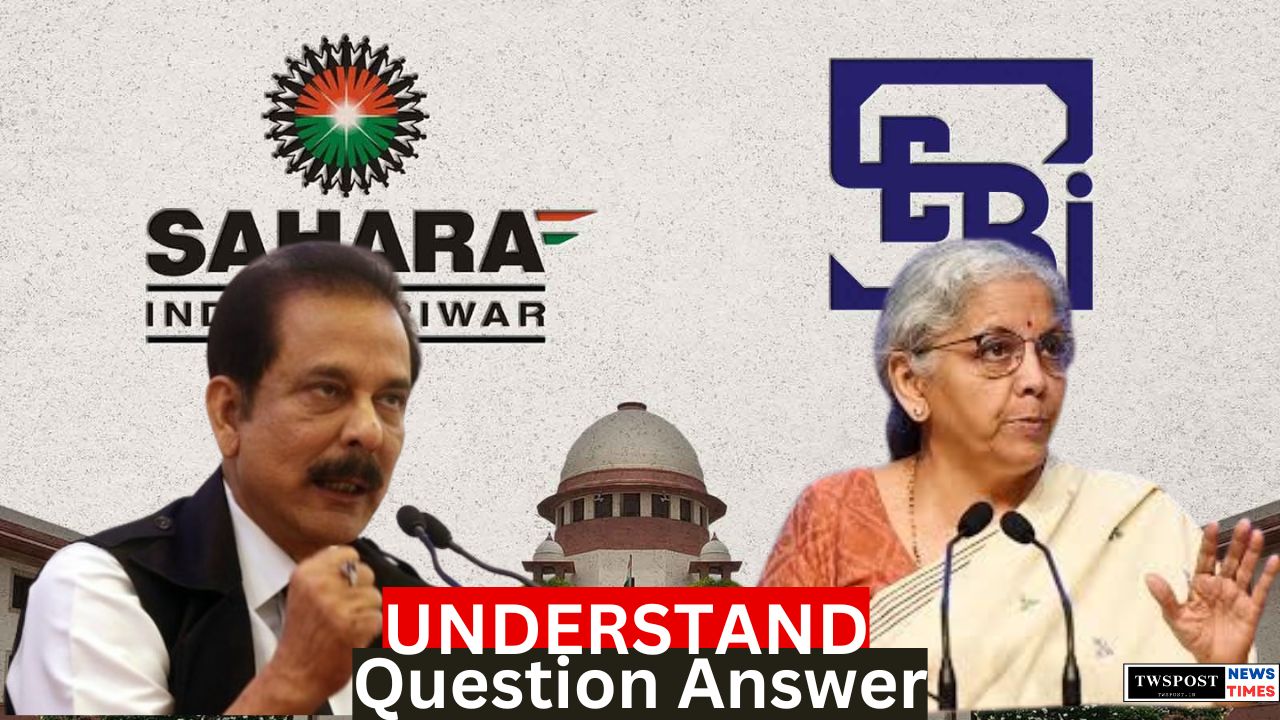Insurance is an essential part of modern life in the United States. Whether it’s health insurance, auto insurance, home insurance, or any other type of insurance, the protection it provides is vital for financial security and peace of mind. However, navigating the world of insurance can be overwhelming and confusing, especially for those who are new to the process. In this blog article, we will provide a comprehensive overview of insurance in the USA, including its history, types of insurance, and how to obtain it.
- A Brief History of Insurance in the United States: From Colonial Times to the Present Day
- The Logic of Insurance: How Risk Assessment and Actuarial Science Have Shaped the Industry
- The Concept of Insurance: Building a Safety Net for Individuals and Businesses in the United States
- Insurance Regulation in the United States: A History of Government Oversight and Industry Changes
- Innovations in Insurance: From Auto Liability to Cybersecurity, How the Industry is Adapting to Changing Risks
- The Role of Insurance in the American Economy: Supporting Growth and Stability Through Risk Management
- Social Insurance in the United States: A History of Government Programs to Provide Protection to Vulnerable Populations
- The Future of Insurance in the United States: Trends and Challenges for an Industry in Flux.
History of Insurance in the USA
Insurance has a long history in the USA, dating back to the colonial era. One of the first types of insurance offered was marine insurance, which protected merchants’ cargo from loss or damage during transport. In the 19th century, insurance companies began to offer life insurance, which provided financial support for families in the event of the breadwinner’s death.
Over time, insurance companies expanded to offer a variety of other types of insurance, including health insurance, auto insurance, and home insurance. Today, insurance is a multi-billion dollar industry in the USA, with many companies offering a range of policies to suit every need.
Types of Insurance
There are many types of insurance available in the USA, each designed to provide protection in different areas of life. Here are some of the most common types of insurance:
Health Insurance: Health insurance is designed to cover the cost of medical care, including doctor’s visits, hospital stays, and prescription medications. In the USA, there are two main types of health insurance: private insurance and government-sponsored insurance programs like Medicare and Medicaid.
Auto Insurance: Auto insurance is required by law in most states in the USA. It provides coverage for damage to your car or other people’s cars in the event of an accident, as well as liability coverage if you are found to be at fault.
Home Insurance: Home insurance protects your home and personal property from damage or loss. It can also provide liability coverage in case someone is injured on your property.
Life Insurance: Life insurance provides financial support for your family in the event of your death. There are two main types of life insurance: term life insurance and whole life insurance.
List of Insurance company in USA
some of the largest insurance companies in the USA, ranked by total assets:
| Rank | Insurance Company | Total Assets (in billions) | Products Offered |
|---|---|---|---|
| 1 | MetLife | $638.1 | Life, Disability, Auto, Home, Dental, Vision |
| 2 | Prudential Financial | $604.3 | Life, Disability, Long-Term Care, Annuities |
| 3 | AIG | $498.7 | Property, Casualty, Life, Annuities |
| 4 | Berkshire Hathaway | $440.7 | Property, Casualty, Life, Annuities |
| 5 | State Farm | $241.2 | Auto, Home, Life, Health, Annuities |
| 6 | New York Life | $243.8 | Life, Annuities, Long-Term Care |
| 7 | Northwestern Mutual | $290.3 | Life, Disability, Long-Term Care, Annuities |
| 8 | Liberty Mutual | $160.8 | Property, Casualty, Life |
| 9 | Travelers | $131.5 | Property, Casualty, Bond, Specialty |
| 10 | Nationwide | $227.4 | Auto, Home, Life, Pet, Farm |
Note: This table is just an example and not a comprehensive list. The data is based on the publicly available information as of the time of the model’s knowledge cut-off (September 2021) and may have changed since then.
How to Obtain Insurance
Obtaining insurance in the USA can seem like a daunting task, but it’s actually quite simple. Here are the steps you need to follow to get insurance:
Determine what type of insurance you need: Consider your lifestyle and what types of insurance would provide the most protection for you and your family.
Research insurance companies: Look for companies that offer the type of insurance you need and have a good reputation for customer service.
Get quotes: Contact several insurance companies and get quotes for the policies you are interested in.
Compare policies: Compare the policies offered by each company, taking into account the coverage, deductibles, and premiums.
Choose a policy: Once you have compared policies, choose the one that best fits your needs and budget.
Sign up: Fill out the necessary paperwork and sign up for your chosen policy.
History behind insurance
The concept of insurance dates back thousands of years. In ancient times, traders would pool their resources together to protect against losses due to theft or damage during transport. In medieval Europe, guilds provided a form of insurance for their members, with members contributing to a common fund to provide financial assistance to those who fell on hard times.
The first formal insurance company is believed to have been established in England in the 17th century. The company, called Lloyd’s of London, provided marine insurance for ships and cargo. Lloyd’s of London became known for its ability to accurately assess the risk of a particular voyage and offer coverage accordingly.
Insurance became more widespread in the 19th century, as industrialization led to new forms of risk. Insurance companies began to offer policies to protect against fire, theft, and other risks. Life insurance also became popular during this time, as people began to recognize the need to provide financial support for their families in the event of their own untimely death.
Today, insurance is a multi-billion dollar industry, providing protection for individuals and businesses against a wide range of risks. The industry has evolved significantly since its early days, with new types of insurance products being developed to meet the changing needs of society.
Logic behind insurance
The logic behind insurance is to spread the risk of potential losses across a large group of people or entities. By pooling the premiums paid by many policyholders, an insurance company can create a fund that is used to pay out claims to those who experience losses. The idea is that not everyone will experience a loss at the same time, so the premiums paid by those who don’t experience losses will help to cover the losses of those who do.
Insurance provides a way for individuals and businesses to protect themselves from financial losses that could otherwise be devastating. For example, if someone has a car accident and does not have insurance, they may be responsible for paying for the damage to their own vehicle, as well as any damage they caused to other vehicles or property. This could be a significant financial burden, especially if the accident resulted in injuries to other people.
By having car insurance, the policyholder pays a premium to the insurance company, who will then pay for the damage caused by the accident up to the policy limits. This provides the policyholder with a level of financial protection and peace of mind, knowing that they will not be responsible for the full cost of any damage or injuries that they may cause.
Overall, the logic behind insurance is to protect against the financial risks and uncertainties of life, and to provide individuals and businesses with a safety net in case of unexpected events.
Concept behind insurance company
An insurance company is a business that provides financial protection to individuals and businesses in exchange for premiums. The concept behind an insurance company is to create a pool of funds from many policyholders to cover the potential losses of a few. The company is responsible for assessing the risks associated with different types of policies, setting premiums accordingly, and managing the funds collected through premiums to pay out claims.
To operate effectively, an insurance company must be able to accurately assess the risks associated with different types of policies. This involves gathering data on factors that may influence the likelihood of a loss, such as age, health status, driving history, and more. By using actuarial science and statistical analysis, the company can calculate the likelihood of a loss occurring and set premiums that are appropriate for the level of risk.
Insurance companies also invest the premiums they collect to generate returns, which helps to fund the payouts of claims. They must manage their investments carefully to ensure that they have sufficient funds available to cover claims as they arise.
In addition to assessing risks and managing investments, insurance companies also provide a range of services to policyholders. This may include offering guidance on how to reduce risks, providing advice on how to manage claims, and helping policyholders to understand the terms and conditions of their policies.
Overall, the concept behind an insurance company is to provide financial protection to individuals and businesses against unexpected events, and to manage risks and investments in a way that allows the company to operate effectively over the long term.
Conclusion
Insurance is an essential part of modern life in the USA, providing protection and peace of mind for individuals and families. Whether you need health insurance, auto insurance, home insurance, or any other type of insurance, it’s important to research your options and choose a policy that fits your needs and budget. By following the steps outlined in this article, you can obtain the insurance coverage you need to protect yourself and your loved ones.






![PAN 2.0: नए पैन कार्ड से जुड़ी आपकी सभी शंकाओं का समाधान [FAQ] 6 PAN 2.0](https://twspost.in/wp-content/uploads/2024/11/Annotation-2024-11-27-172213.jpg)






Sarkari Naukri: सरकारी इंश्योरेंस कंपनी में ऑफिसर बनने का शानदार मौका, 85000 रुपए वेतन
[…] यह अवसर उन युवाओं के लिए बेहद खास है जो इंश्योरेंस सेक्टर में अपना करियर बनाना चाहते […]